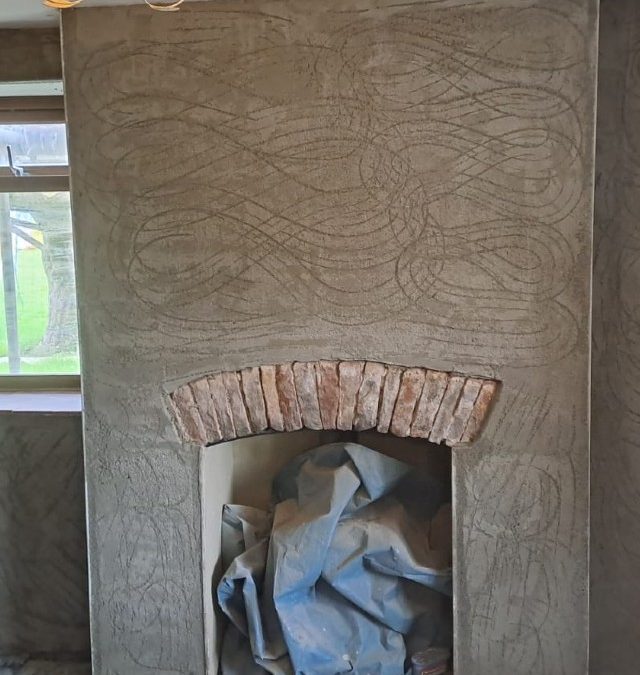What is damp? What is wet rot? Is it a serious issue? Can I fix it myself?
At Cannon Clarke, we often hear these questions from homeowners and property managers.
Did you know? In the UK, it’s estimated that between 962,000 to 6.5 million households are affected by damp. Left untreated, it can lead to structural damage, high repair costs, and even serious health risks.
In this guide, we have put together the most commonly asked questions around damp proofing, from spotting early signs to understanding long-term solutions. Whether you’re dealing with rising damp, condensation, or just a musty smell, we’ve got you covered.
1. What is Damp Proofing?
Persistent damp and moisture in your property can lead to serious issues like fungal decay, wet rot, dry rot, and black mould. Damp proofing protects your walls from moisture and helps you live a healthier, safer life.
If you’re worried about damp problems in your building, we can inspect it and diagnose it for you. Get in touch today!
2. What are the main types of damp?
There are three main types of damp:
Penetrating Damp
Penetrating damp is caused by leaks or water seeping into walls. These issues are slightly easier to fix, and a dehumidifier may help in speeding up the drying process.
Rising Damp
Similar to capillary action in plants, rising damp occurs when groundwater soaks into walls and floors. This may happen due to a lack of damp proofing or because of the failure of damp proofing membrane. This kind of damp requires expert consultation and extensive work, especially if the damp wall plaster needs to be replaced.
Condensation
Condensation as a result of poor insulation, inadequate heating or ventilation, and high humidity leads to damp and formation of black mould, which is extremely hazardous to health.
Concerned about black mould? Cannon Clarke can help. We’ll identify it, treat it, and make sure your home is healthy and safe again. Call today!
3. Why is damp proofing important?
Damp proofing creates a barrier to stop moisture from entering or rising through a building. If not treated correctly, damp can cause serious problems such as fungal decay, structural and aesthetic damages, and health risks.
If you’re unsure whether any of these issues are affecting your property, book a survey and we’ll take a closer look to help you move forward with confidence.
4. How do we solve for damp?
At Cannon Clarke, we offer a range of damp proofing solutions to effectively treat and prevent damp.
- Waterproof Membranes
- Damp Proof Course Injection
- External Waterproofing
- Ventilation Improvements
5. How long does damp proofing last?
The lifespan of damp proofing can depend on following factors –
- The quality of installation
- Frequency of property maintenance
- Management of any underlying structural issues
A well-executed treatment plan paired with regular maintenance can protect the property for even decades. Contact us today to build a safer living environment.
6. What is the difference between damp proofing and waterproofing?
While damp proofing helps prevent moisture from rising through the ground and into walls or floors, waterproofing is designed to completely block water ingress through walls under hydrostatic pressure.
Damp proofing is typically used to manage high ground levels, penetrating dampness, or rising damp. In contrast, waterproofing is a more robust solution used in areas exposed to significant water pressure, such as basements or retaining walls.
Other considerations like Ventilation and heating are also often contributing factors to dampness within buildings
Book a survey today to find out what your property needs.
Still have questions? Let’s talk!
Damp can cause serious health risks and the problems can seem overwhelming. If you’re still struggling with recurring damp or if you’re unsure of the problem, then we at Cannon Clarke are here to help you. With over three decades of experience, our team of certified surveyors treats every space as if it were our own. We’ll assess the problem and recommend a tailored, effective solution.
Contact us today!


